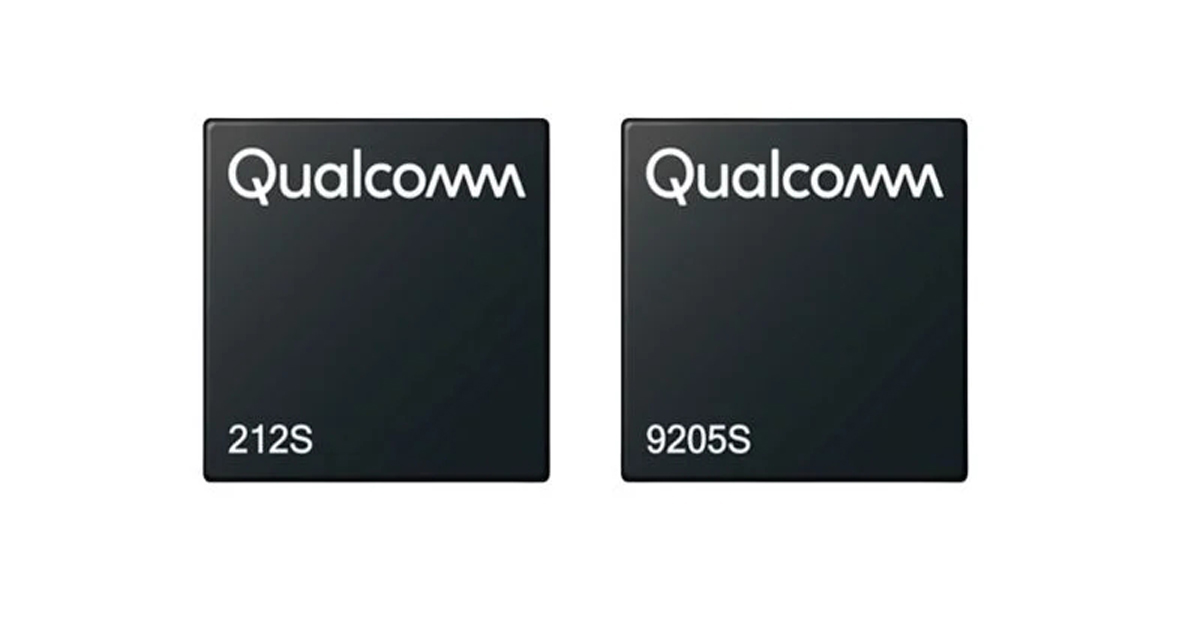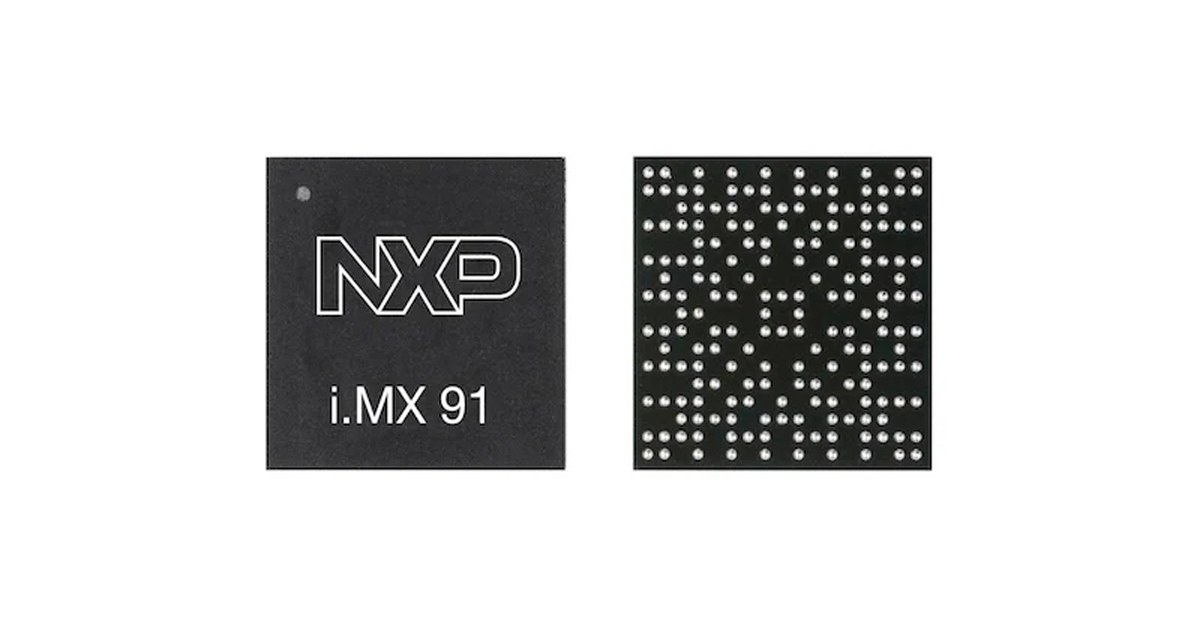ADI Intros ‘Most Advanced’ Software-defined Signal Processing Platform
With applications like phased array radar, electronic surveillance, T&M, and 6G in mind, ADI has released a next-gen signal processing platform.
Emerging technologies like 5G, 6G, and Wi-Fi 7 and 8 require signal processing hardware that supports wider bandwidths and more rapid signal processing.
Screenshot courtesy of Analog Devices
To meet these needs, Analog Devices recently announced its Apollo MxFE platform, designed to bring advanced signal processing to aerospace and defense, instrumentation, and wireless communications applications. In this piece, we’ll take a look at the new platform and the hardware and ecosystem that comes with Apollo MxFE.
Software-defined Radio
One of the key features of the new platform is that it is a software-defined radio (SDR) platform.
Software-defined radio is defined as a radio communication system that uses software to carry out radio functions such as modulation and demodulation. In contrast to conventional radio systems, which carry out functions in hardware, SDR systems utilize software-based processing and programmable hardware components to carry out tasks. In an SDR, the majority of the radio signal processing is executed in software with custom code.

An SDR signal chain.
One major advantage of SDR solutions is that they provide unprecedented levels of flexibility for the designer. Unlike hardware-defined radio implementations, which are built around specific frequencies, SDR implementations can be reprogrammed to work at a variety of frequencies. Because of this, a single SDR solution can support multiple protocols and frequencies just by adjusting the underlying code.
Additionally, SDR solutions can bring about enhanced spectrum efficiency. Through software processing techniques, SDR systems can dynamically allocate and reallocate frequency bands, which improves overall spectral utilization and enables more efficient and reliable communication.
Apollo MxFE
Analog Device’s newest signal processing platform, Apollo MxFE (mixed-signal front end), consists of wideband, mixed-signal frontend offerings designed to support high-bandwidth signal processing applications. According to Analog Devices, all solutions in the Apollo MxFE family offer instantaneous bandwidths as high as 10 GHz per channel and can directly sample and synthesize frequencies up to 18 GHz.
The first two products in the family are the AD9084 and AD9088 solutions. Built on a 16 nm CMOS process, these devices are available as 4 transmit and receive (4T4R) options or 8T8R options, respectively. Additionally, these devices integrate high dynamic range ADC and DAC cores with sample rates of up to 20 GSPS and 28 GPSPS, respectively.

Functional block diagram of the AD9084.
To further support high-performance signal processing, the devices come equipped with an on-chip digital signal processing (DSP) unit. In the spirit of SDR solutions, the DSP is dynamically configurable, meaning that it can rapidly change between narrowband and wideband profiles.
The Larger Ecosystem
An important part of the Apollo MxFE solutions is that they exist in an ecosystem of optimized components and parts. According to ADI, the Apollo MxFE ecosystem also consists of a PLL/VCO synthesizer, a high-performance micro-module regulator power solution, and a 10-channel precision synchronizer.
As a designer, it is always appealing to choose a part that exists within an optimized ecosystem of solutions because it makes holistic system design more straightforward and reliable. With the Apollo MxFE platform, ADI is enabling a future where high-performance SDR solutions are more performant and easier to design than previously possible.



